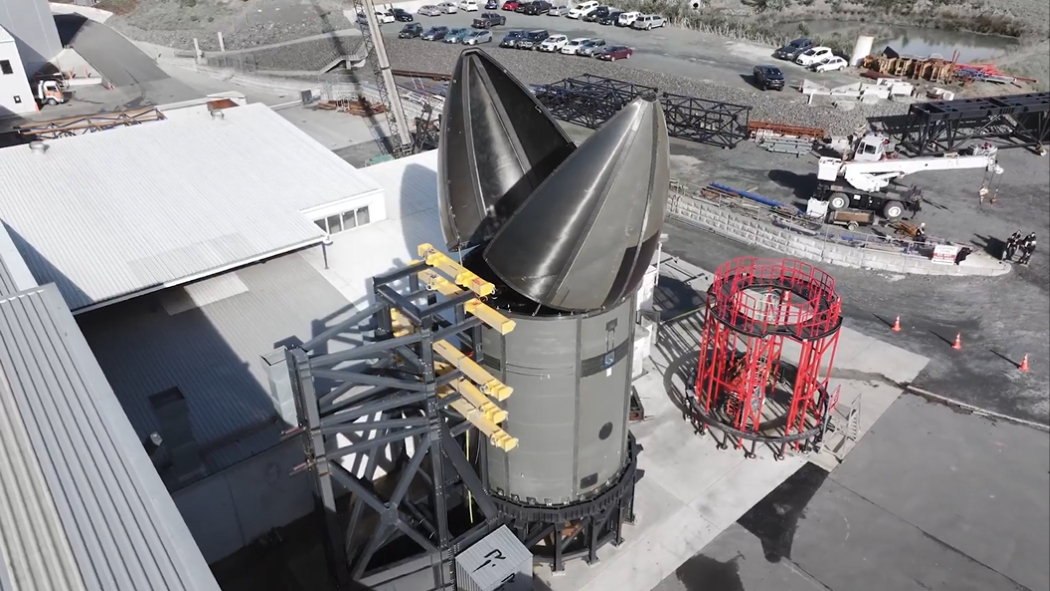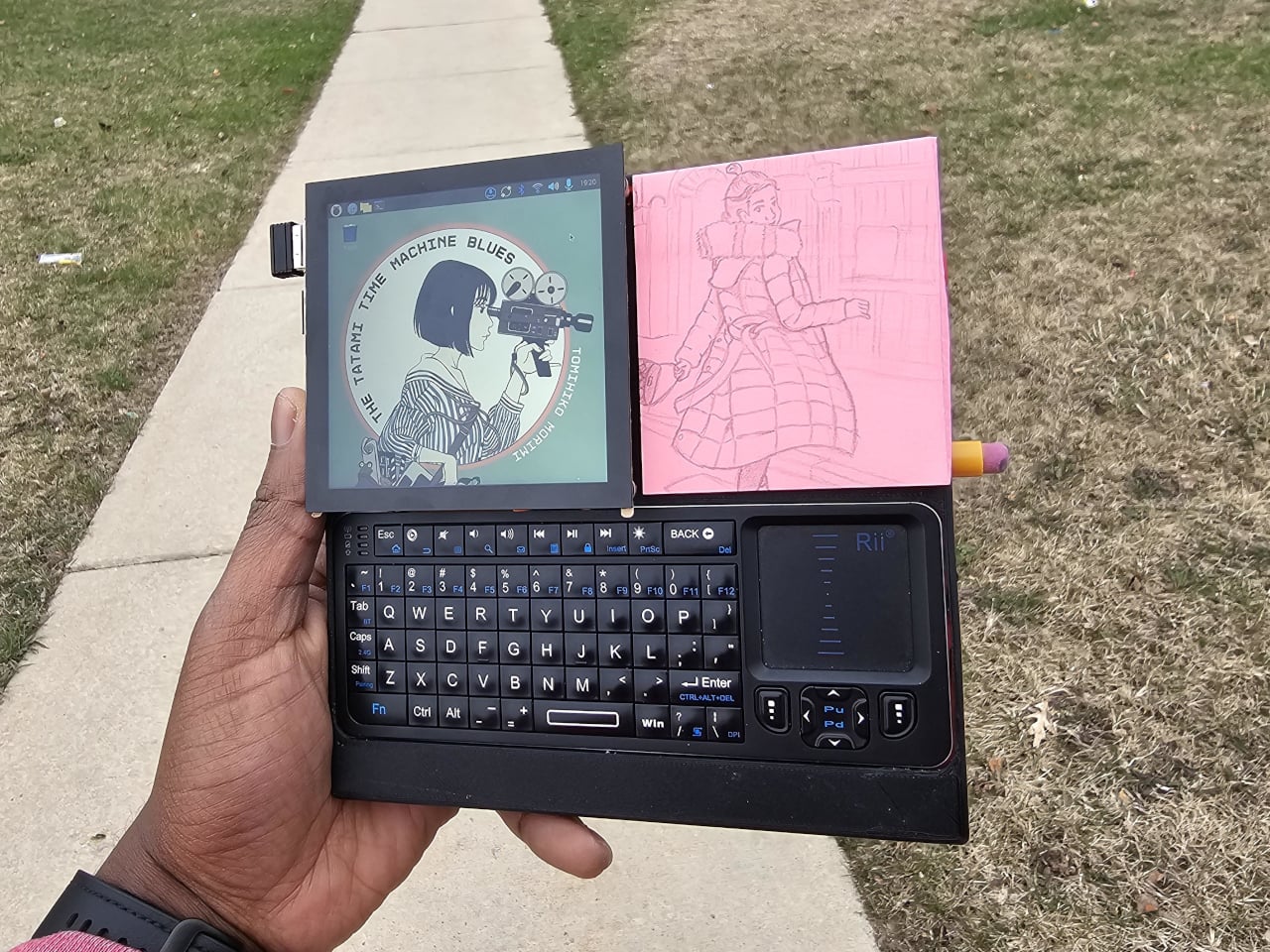Common Errors in Permit to Work Systems and How to Fix Them
NEBOSH safety course in Pakistan

Permit to Work (PTW) systems are one of the most crucial safety measures in workplaces where high-risk activities are common — from construction and oil refineries to laboratories and manufacturing plants. Yet, many companies still make common errors in their Permit to Work systems, which can lead to dangerous incidents, injuries, or even fatalities.
Understanding and fixing these mistakes is not just a compliance requirement — it’s about keeping people safe. This article will help you identify the most frequent PTW errors and show you how to fix them with practical, easy-to-follow solutions.
Read more on improving workplace safety through the NEBOSH course in Pakistan — an essential guide for future safety leaders.
What is a Permit to Work System?
A Permit to Work System is a formal written system used to control high-risk activities. It ensures that all necessary precautions are taken before work begins. Activities that usually require a permit include hot work, confined space entry, electrical maintenance, and working at heights.
A good PTW system helps prevent hazards by controlling who can perform certain jobs, how they’re carried out, and under what conditions.
Now let’s dive into where things often go wrong — and how you can avoid those mistakes.
1. Poor Training and Lack of Awareness
One of the most common problems is that workers don't fully understand the PTW system or how it applies to their jobs. Sometimes they sign off on permits without reading the details. Other times, they bypass the system altogether, especially if they're under pressure to finish a job quickly.
Anecdote: In one factory, a new worker was asked to perform welding in a storage area. He assumed the permit had been issued. Turns out, it hadn’t. The welding caused a fire that triggered the sprinkler system and damaged thousands of dollars' worth of materials.
How to Fix It
-
Conduct regular training on the PTW system for all employees and contractors.
-
Include real-life scenarios to make the training relatable.
-
Display PTW workflows and rules at visible places on-site.
-
Use quizzes or spot-checks to reinforce learning.
If you're preparing for workplace safety roles, consider a NEBOSH course in Pakistan to better understand PTW systems and hazard controls.
2. Incomplete or Inaccurate Information on Permits
Permits must include detailed information: the scope of the job, safety precautions, hazards involved, start and end times, and emergency contacts. But in many workplaces, permits are filled out hastily or with missing information, making them ineffective.
How to Fix It
-
Use digital permit systems that require mandatory fields to be completed before submission.
-
Have a supervisor review permits before work starts.
-
Include photos or sketches if the job is complex.
-
Maintain a record of all permits for future audits and learning.
3. Permit Not Displayed at the Worksite
Another frequent error is not displaying the approved permit at the job site. If an inspector or supervisor can't see the permit, they have no way of knowing if the work is authorized or being done safely.
How to Fix It
-
Use waterproof holders or boards at the job site to display the permit.
-
For digital systems, consider QR codes that link to the permit for easy verification.
-
Make it a standard practice for supervisors to check the displayed permit at the start of each shift.
4. Multiple Permits for the Same Task Without Coordination
Sometimes, different teams or contractors have separate permits for tasks that are happening in the same area. Without coordination, this can create conflicting or unsafe situations.
Example: A team may have a hot work permit for welding, while another has a permit for flammable liquid transfer in the same space. Disaster waiting to happen!
How to Fix It
-
Assign a Permit Coordinator or PTW Manager who oversees all permits.
-
Use a master schedule or dashboard showing all active permits.
-
Hold daily coordination meetings for overlapping tasks.
5. Permits Not Cancelled or Closed Properly
Many accidents happen when work has been completed, but the permit hasn’t been officially closed or cancelled. This leaves the job area in a vulnerable state, sometimes with unsafe conditions left behind.
How to Fix It
-
Require both the worker and the supervisor to sign off on permit completion.
-
Conduct a post-work inspection to ensure the area is safe before closing the permit.
-
Use automated reminders in digital PTW systems to prompt closure.
6. Lack of Supervision and Monitoring
Just issuing a permit isn’t enough. If there’s no supervision, workers may ignore the safety instructions or take shortcuts.
How to Fix It
-
Assign supervisors or safety officers to monitor high-risk jobs.
-
Schedule random safety audits during the permitted work.
-
Empower workers to stop the job if unsafe behavior is observed.
7. Using Paper-Based Permit Systems
Paper permits can get lost, damaged, or misfiled. They’re harder to track and audit, and they don’t integrate easily with modern safety systems.
How to Fix It
-
Shift to digital PTW software that offers real-time tracking, auto-alerts, and better coordination.
-
Choose platforms that allow mobile access so field workers can review and approve permits on the go.
-
Ensure cloud backup for all permit records for compliance and future analysis.
8. Not Involving the Right People
Permits sometimes skip necessary approvals or don’t involve key stakeholders like the safety officer, maintenance team, or site manager.
How to Fix It
-
Define a clear approval hierarchy for each type of permit.
-
Automate the approval chain to prevent missed steps.
-
Include stakeholders in pre-job briefings and risk assessments.
9. Over-Reliance on PTW Without Real Risk Assessment
Some teams treat the PTW system as a checkbox exercise, skipping actual risk assessments and assuming that having a permit equals being safe.
How to Fix It
-
Conduct a full job safety analysis (JSA) alongside the PTW.
-
Train workers to identify hazards dynamically during the task.
-
Use checklists that go beyond the permit template to evaluate real-time risks.
10. Failure to Learn from Past Mistakes
Many PTW-related incidents occur repeatedly because organizations fail to learn from them. There’s no structured feedback or learning mechanism.
Anecdote: At one chemical plant, three different permit-related accidents happened in six months. Each time, they blamed “human error.” What they missed was a pattern: poor permit reviews.
How to Fix It
-
Conduct incident investigations for all PTW-related accidents or near-misses.
-
Hold monthly safety meetings to discuss what went wrong and how to prevent it.
-
Update PTW procedures based on findings from past incidents.
Why Fixing PTW Systems is a Must
Workplace accidents aren’t just statistics — they involve real people, real lives, and real consequences. A broken Permit to Work system puts everyone at risk: workers, supervisors, contractors, and even bystanders.
Fixing these errors isn’t difficult, but it does take commitment, training, and proper implementation.
If you're aiming to become a safety professional, enrolling in a NEBOSH safety course in Pakistan can give you a strong foundation in hazard management and PTW systems. You'll gain the skills to spot issues early, implement fixes effectively, and build a culture of safety in your organization.
Final Thoughts
Every job involving a Permit to Work system should be treated with the seriousness it deserves. By understanding common errors in Permit to Work systems and how to fix them, you can protect your team, reduce risks, and stay compliant with workplace safety standards.
PTW systems are only as strong as the people who manage them. So invest in training, adopt technology, and commit to continuous improvement.









































































